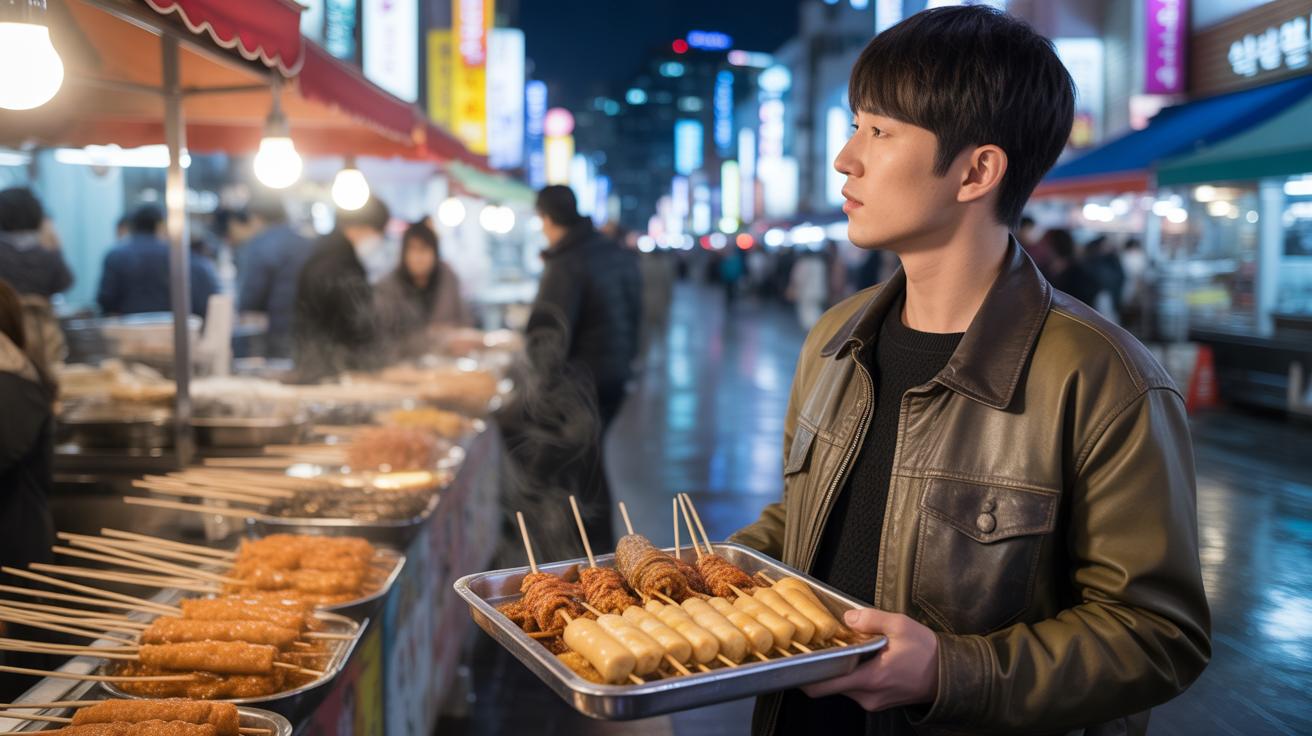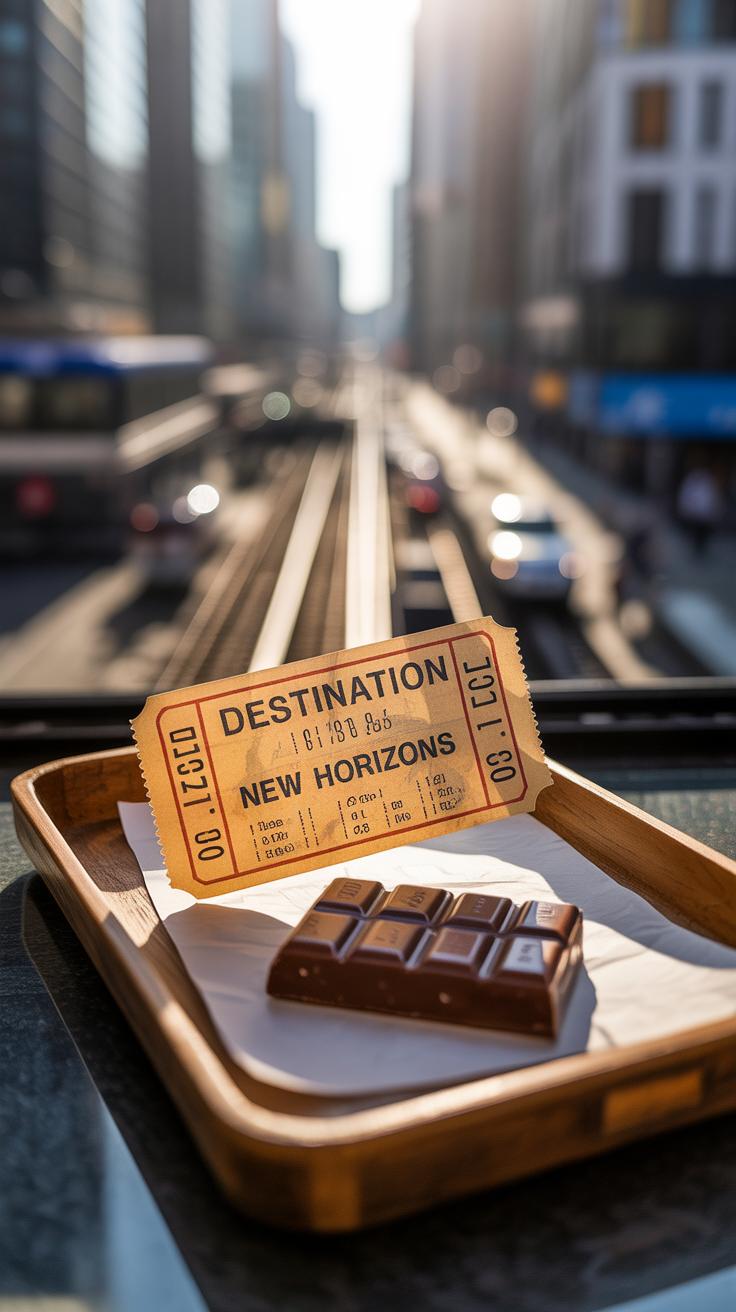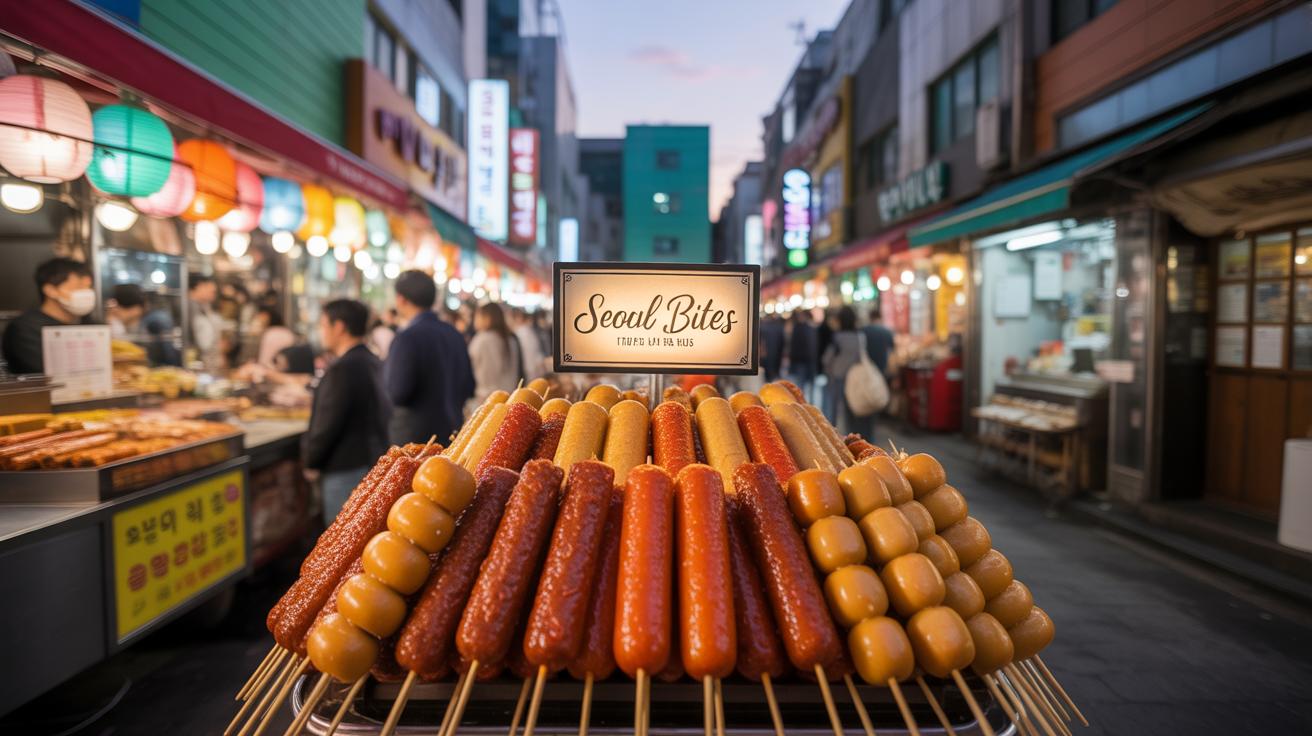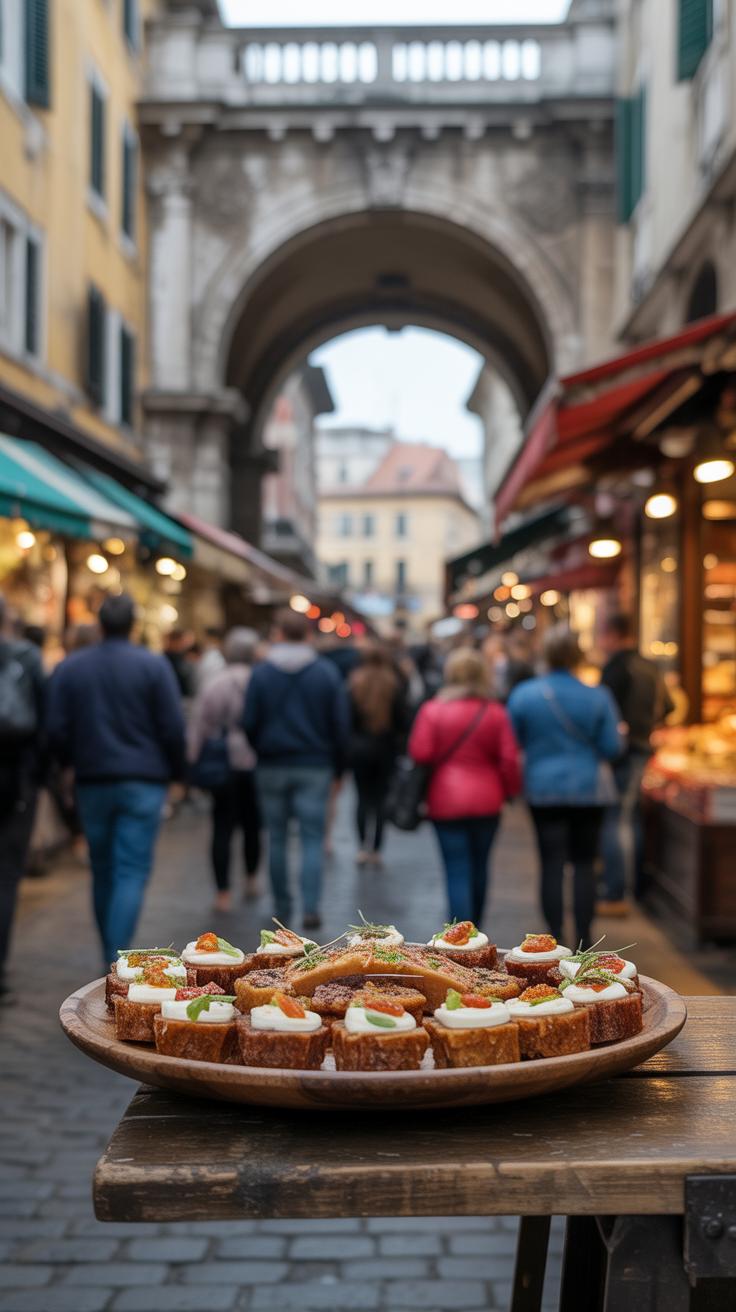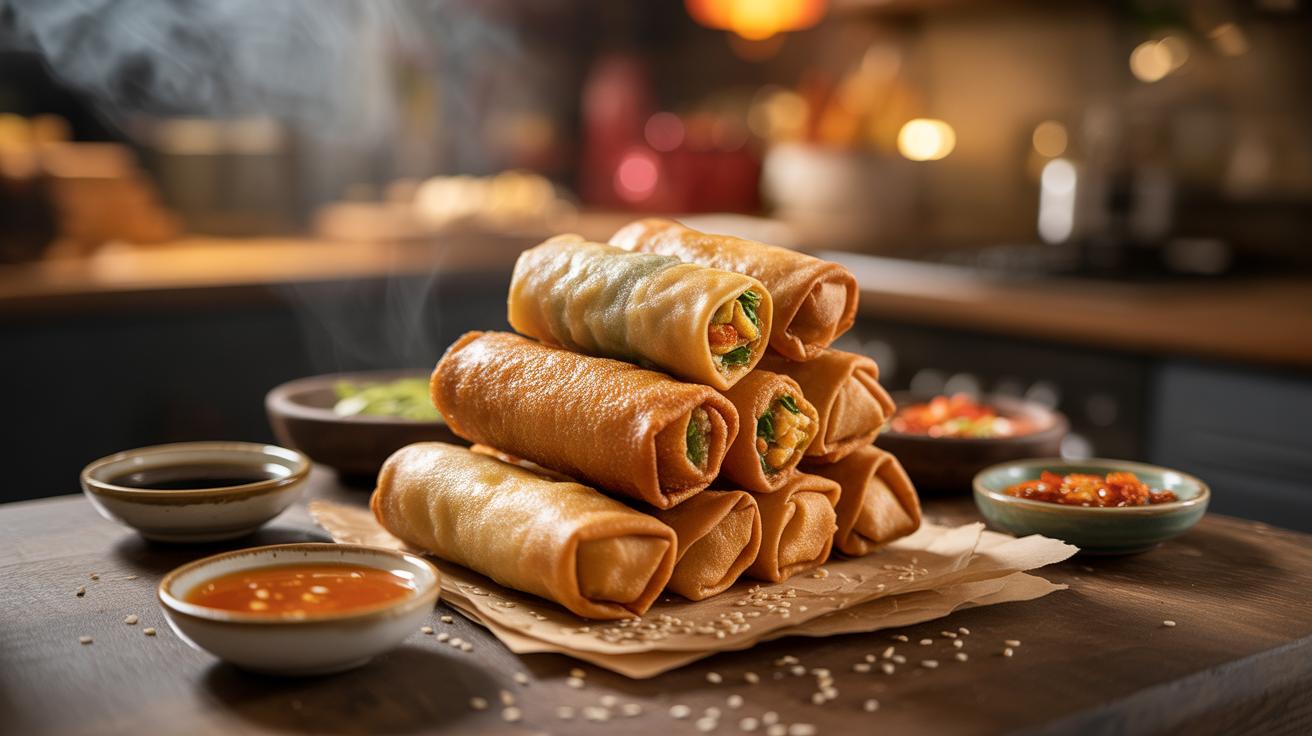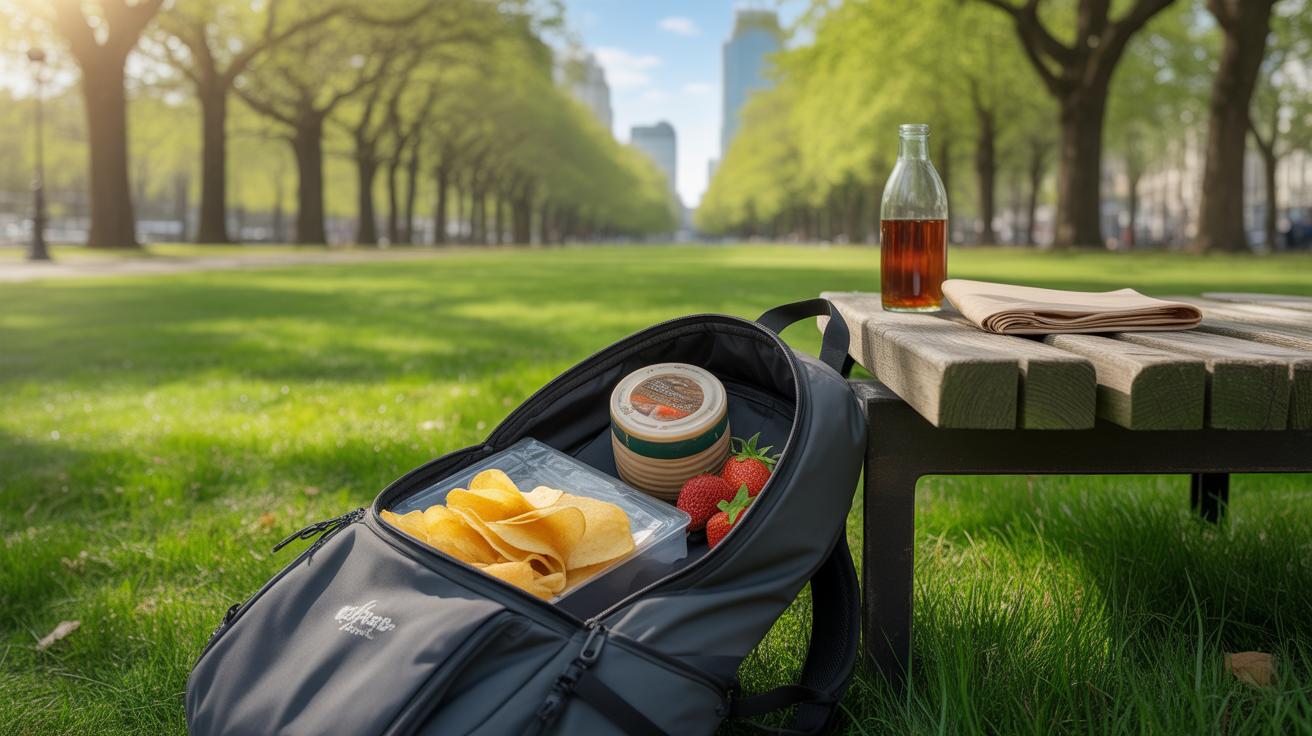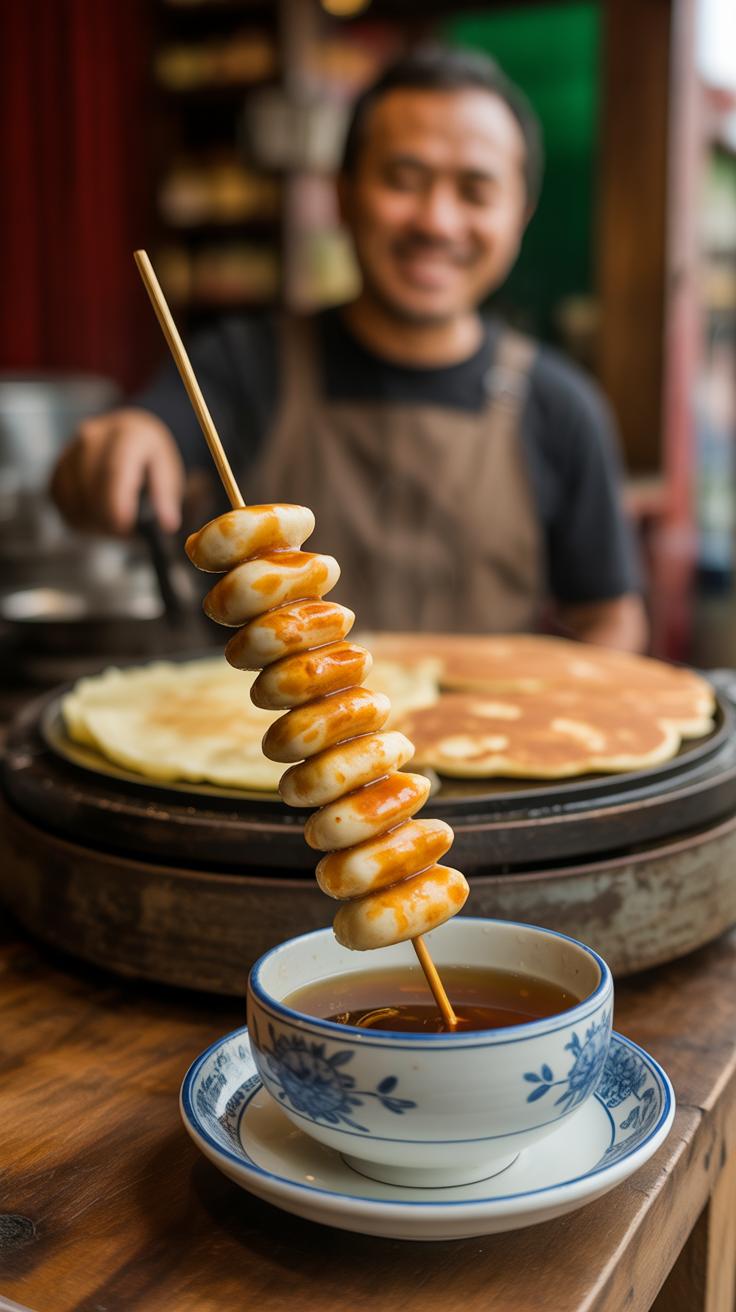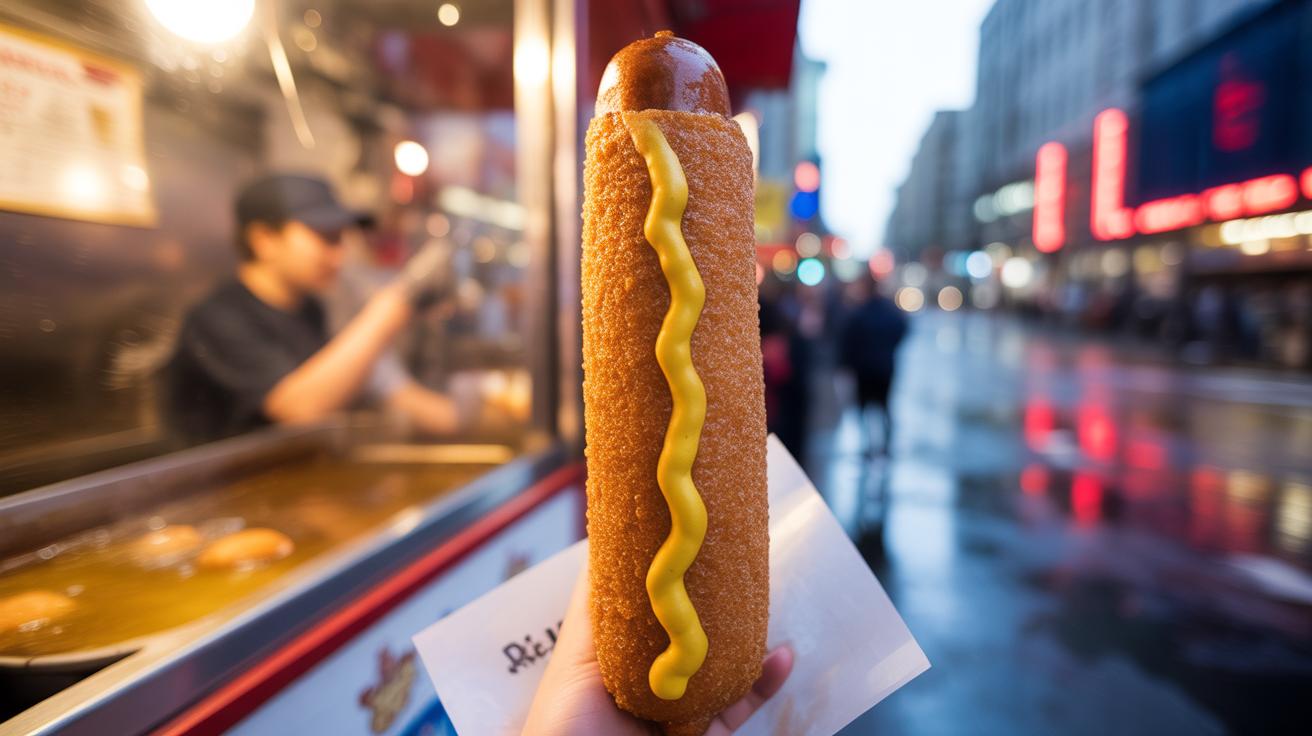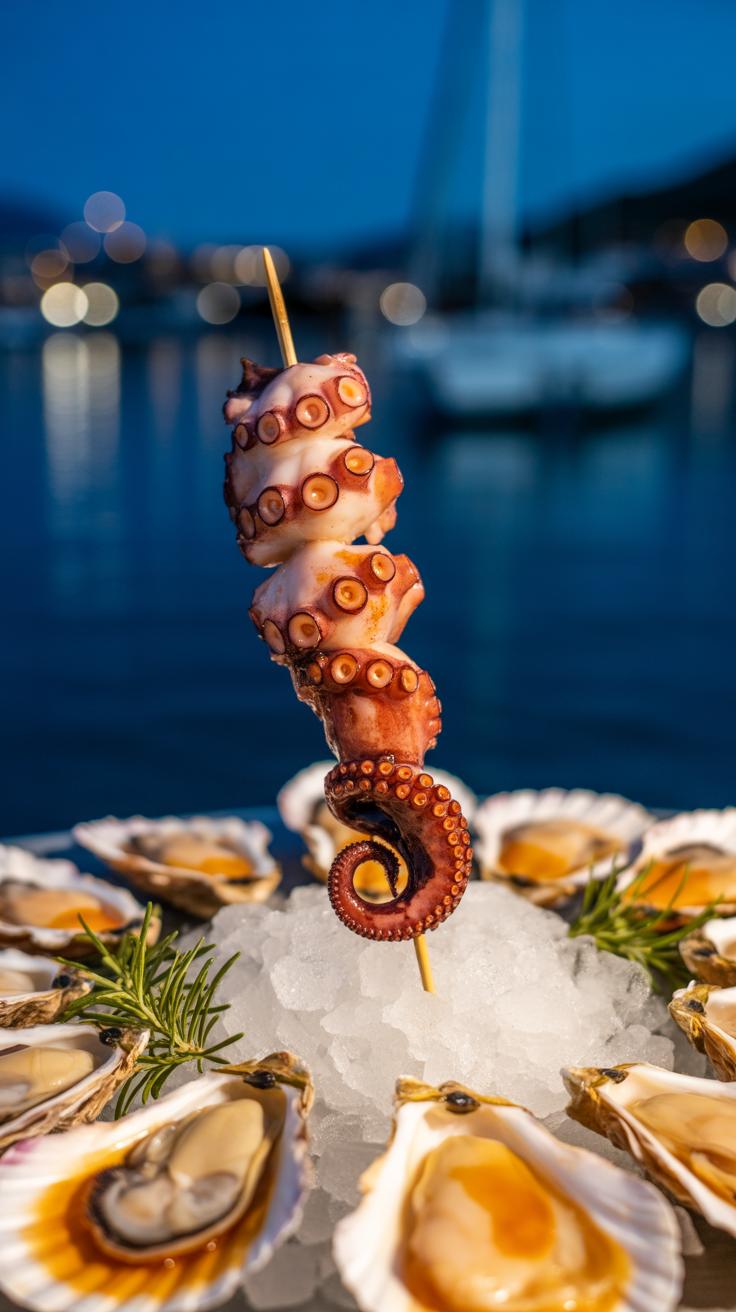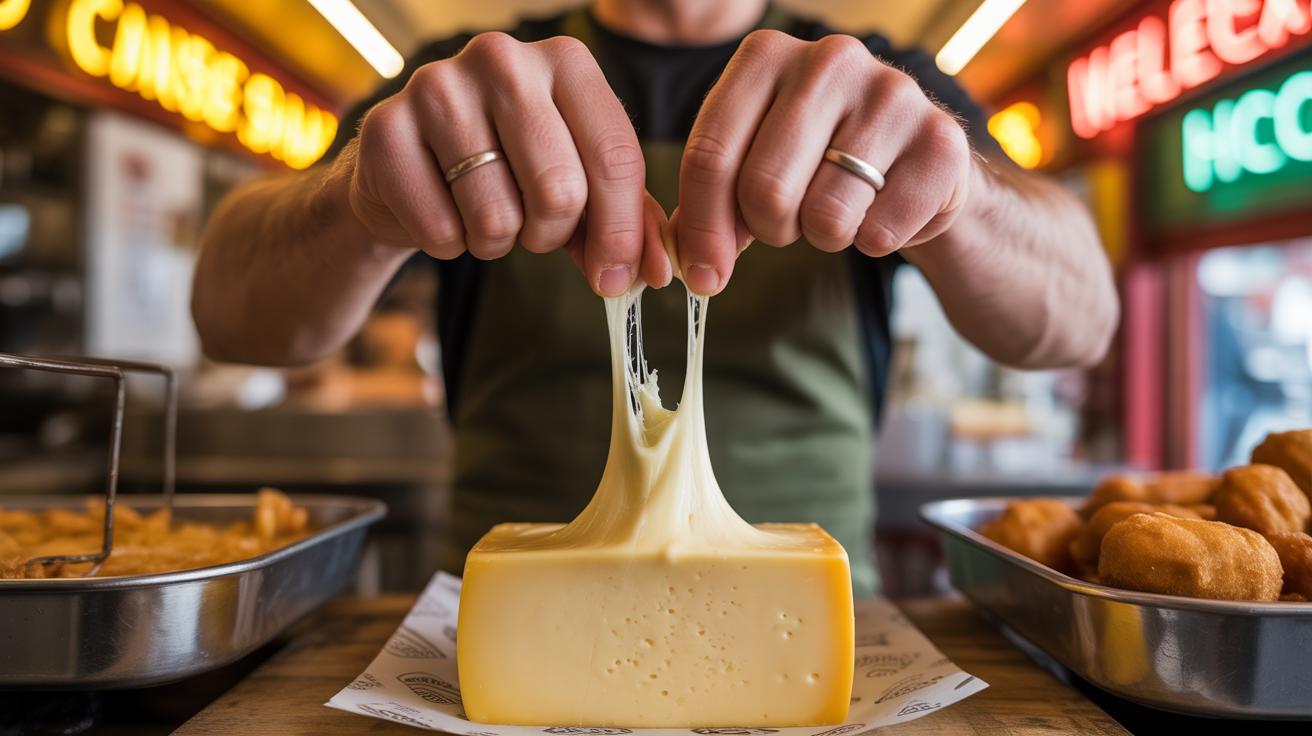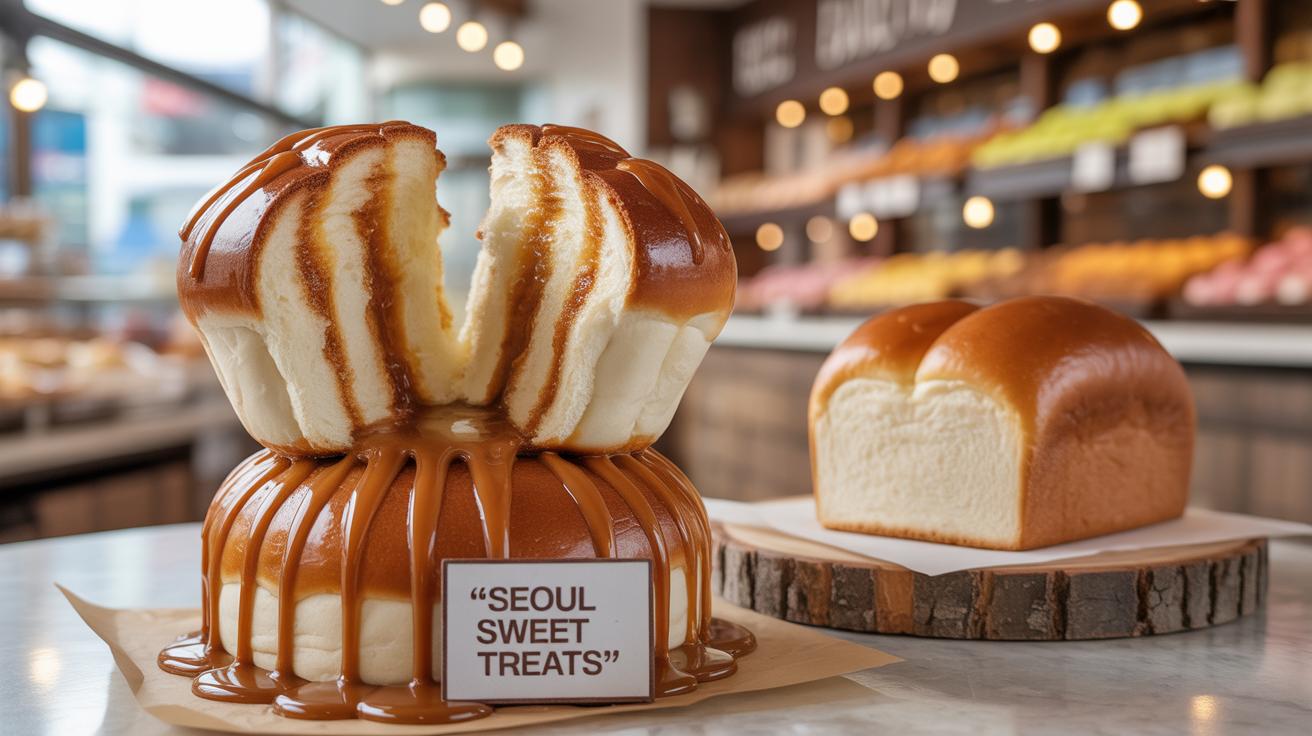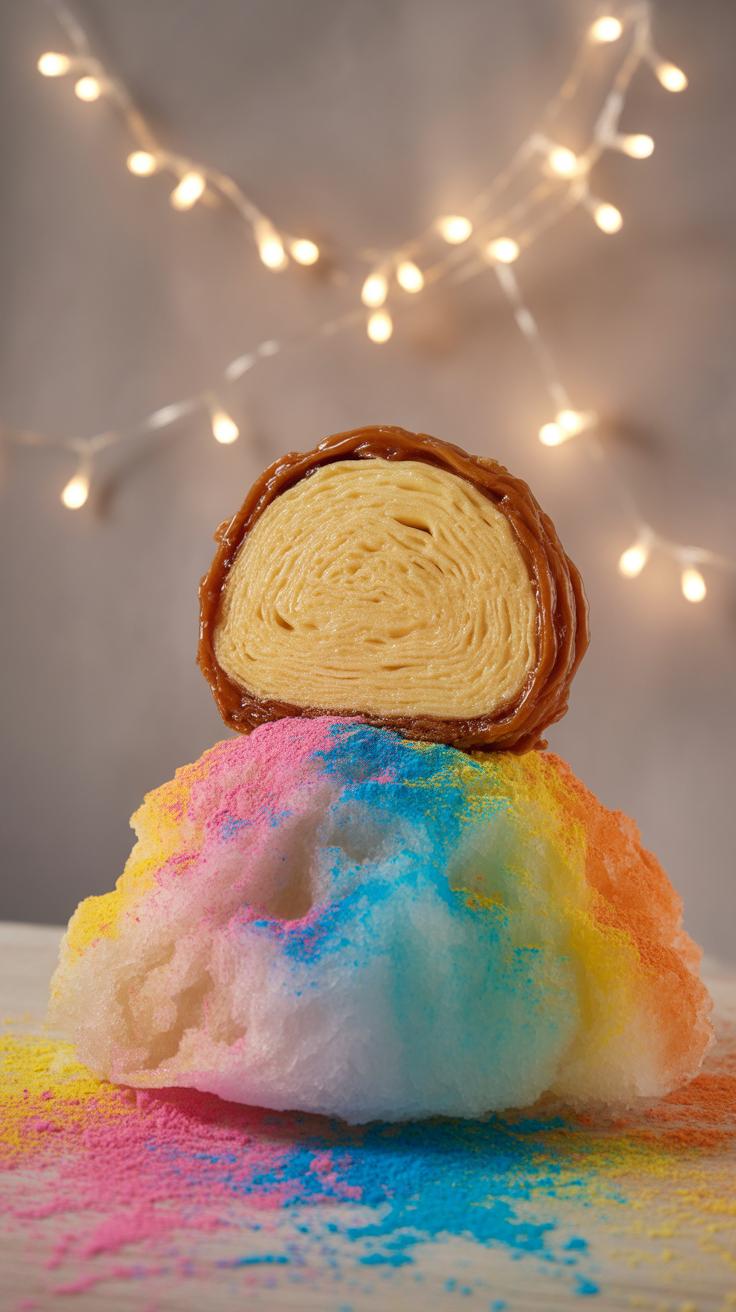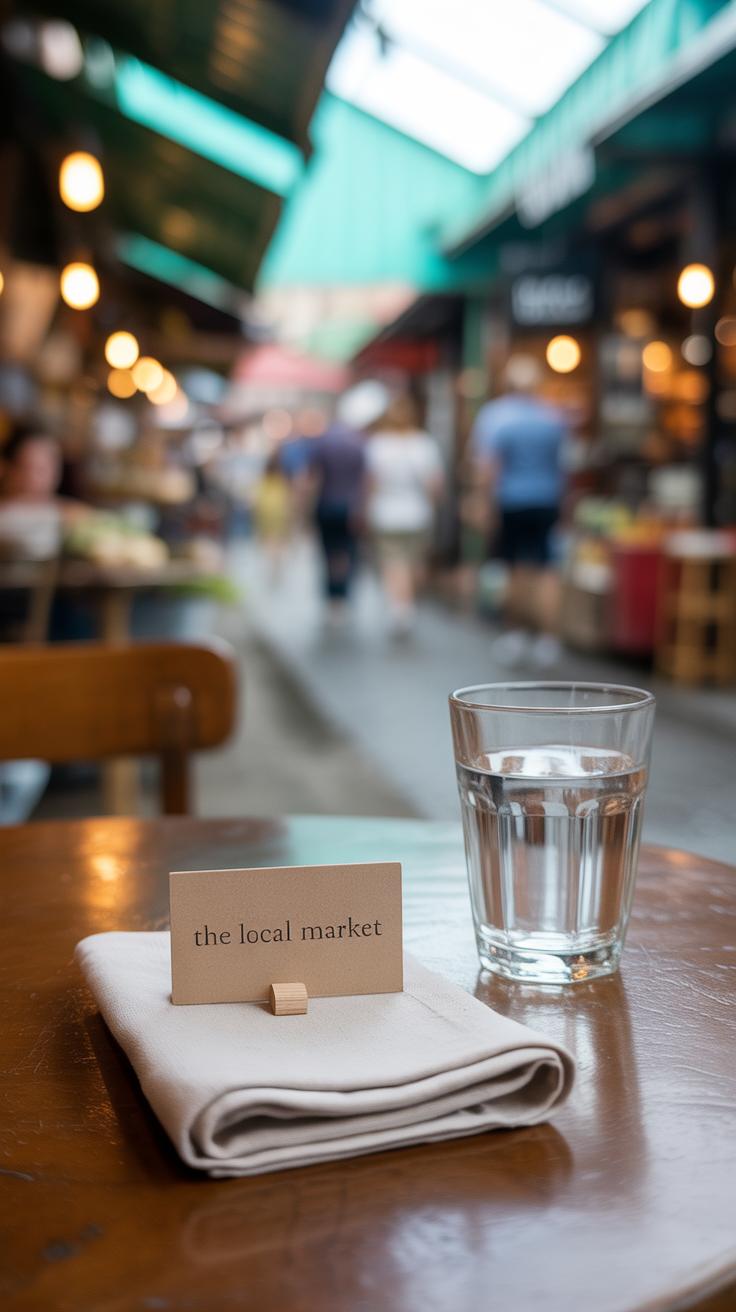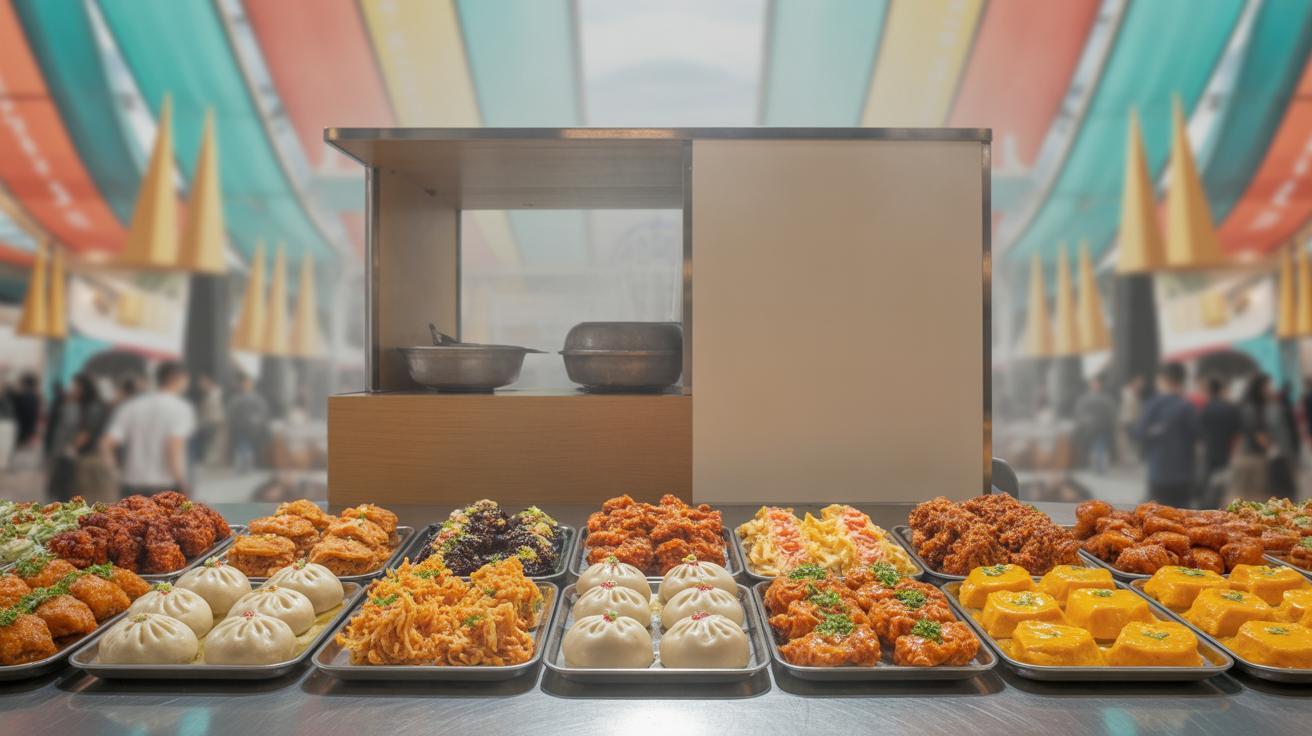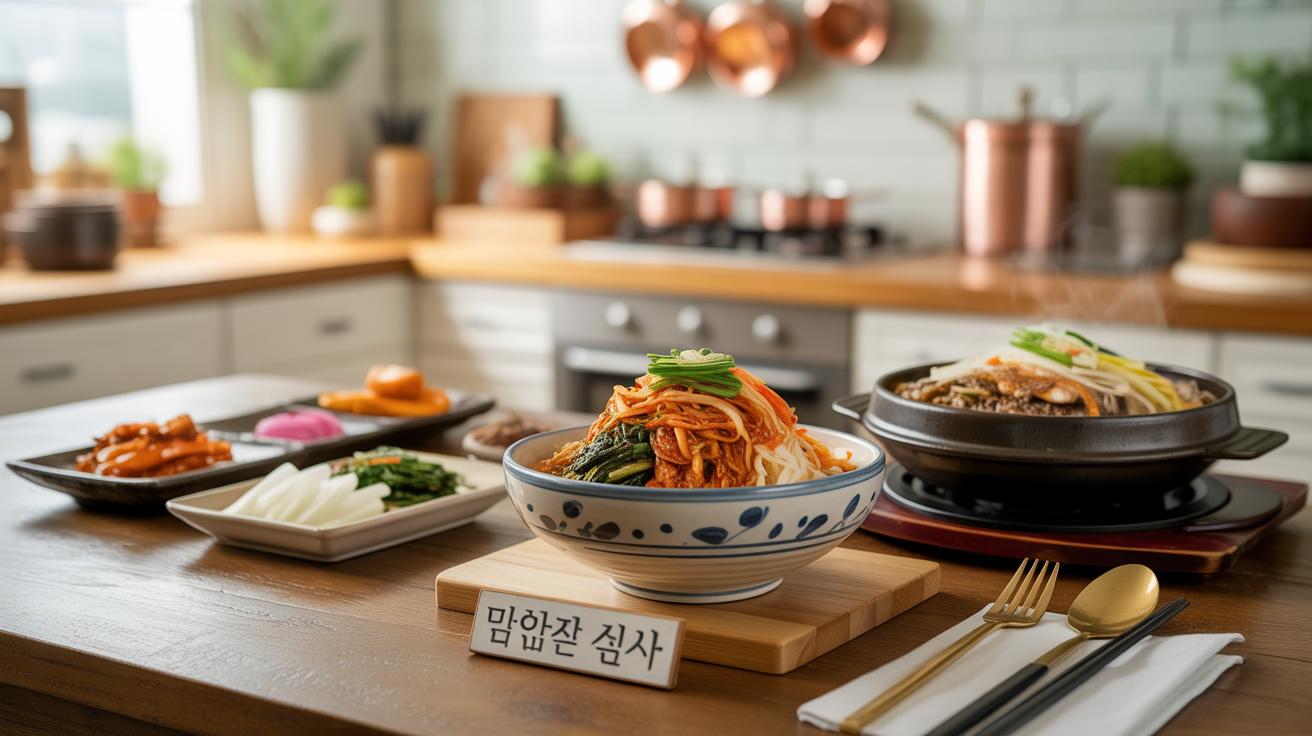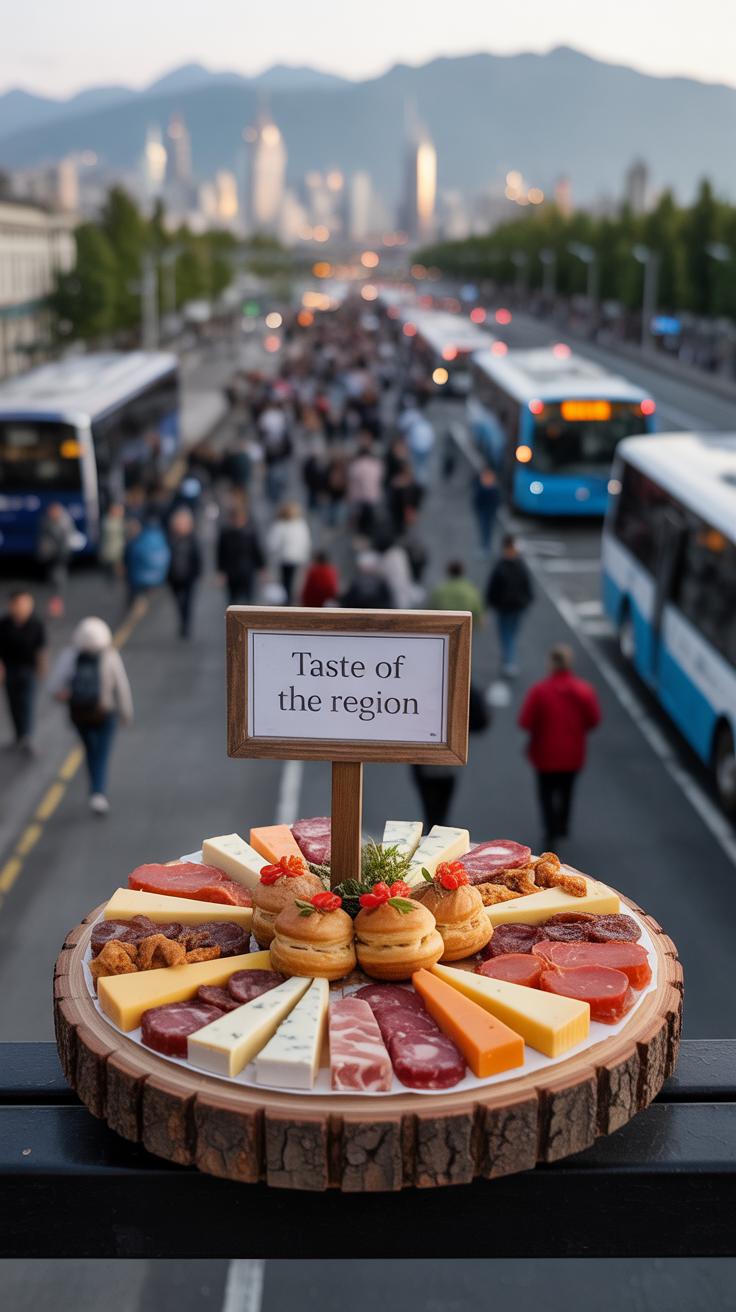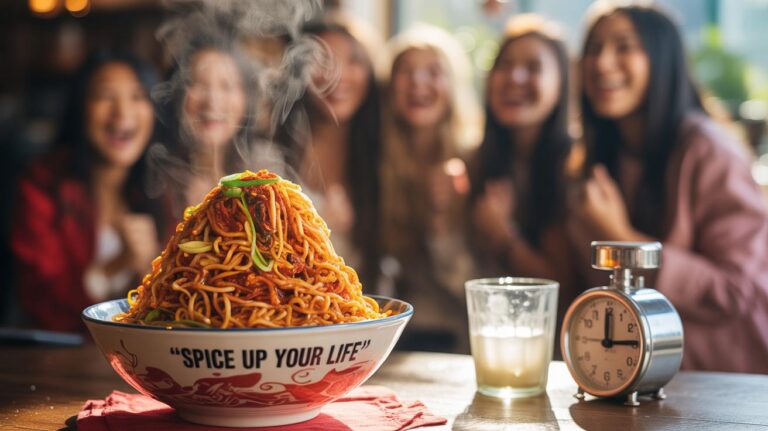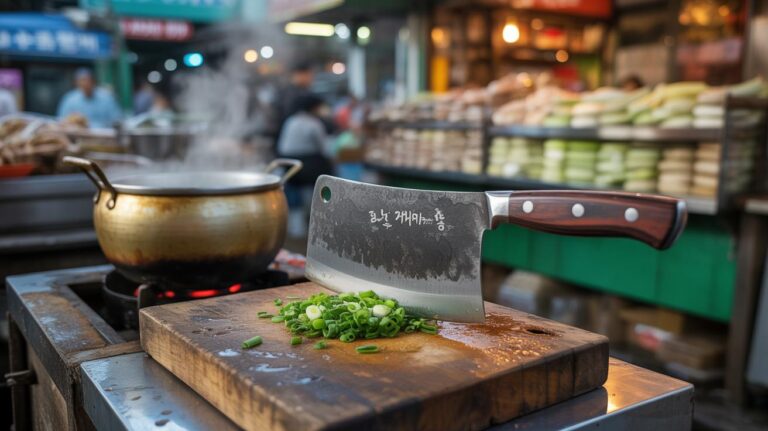Introduction
If you are traveling to Korea for the first time and love food, exploring the late night food markets should be on your list. These markets offer a variety of flavors and a chance to experience Korean culture. The vibrant atmosphere and tasty street foods make it an unforgettable experience.
You will find many popular night markets in different Korean cities. Each market has unique food options and specialties. This article will guide you through what to expect, where to go, and what to eat. Prepare your appetite and curiosity as you dive into Korea’s night food markets.
Popular Cities for Night Market Experiences
When you think about Korea’s night markets, several cities naturally come to mind. Each city offers something slightly different, shaped by local tastes, culture, and even geography. It’s not like a one-size-fits-all approach. You might find common threads, sure — but the vibe can change drastically.
Seoul is, of course, the big one. It’s packed with night markets scattered across neighborhoods, from busy shopping districts to quieter areas. Expect crowds, bright lights, and a mix of street food stalls and quirky vendors. You might wander into a market selling everything from spicy tteokbokki to grilled skewers, alongside trendy clothes or accessories. The pace feels fast here, bustling but casual.
Busan, down on the coast, offers a bit different flavor. With seafood fresh off the boat, its markets lean hard into fish cakes, grilled clams, and more oceanic treats. The vibe’s more laid back compared to Seoul, but still lively at night. Jagalchi Market and Gukje Market are not just for shopping—they’re where locals gather to eat and hang out after a long day.
Then there’s Daegu, which while smaller than Seoul or Busan, throws interesting night markets peppered around the city center. The food leans a bit spicier, reflecting the local palate, with chicken feet and stir-fried pork common on menus. Expect less tourist traffic, which means more authentic interactions with locals.
If you’re near Jeonju, night markets take on a slightly different role. The city is famous for its traditional foods like bibimbap, and the night markets highlight this history. You’ll see plenty of vendors focusing on local specialties served up fresh, alongside some newer street food trends creeping in.
What’s intriguing is how the night market experience shifts with the city. Cities grow or shrink these gatherings, tweak hours (usually starting around 6 or 7 pm and going until midnight or later), and the crowds mirror the urban pulse. So, where you go can shape your whole experience, from the smells in the air to the pace and personalities of vendors and visitors alike.
Famous Night Food Markets in Seoul
Seoul’s night food markets are like little worlds of their own, each with a distinct pull. Among them, Gwangjang Market and Dongdaemun Night Market stand out for different reasons, but both draw crowds late into the night.
Gwangjang Market, located near Jongno, has this old-school charm that’s hard to resist. People come not just for the food but for the atmosphere — it’s lively, noisy, and feels deeply rooted in local life. You’ll find vendors serving dishes that have been loved for decades, so it almost feels like stepping back in time.
On the other hand, Dongdaemun Night Market, near Dongdaemun Design Plaza, mixes shopping and eating in a way that’s hard to beat. While you’re browsing clothes or accessories—often until the early hours—you can pause to grab something delicious. The blend of endless stalls and endless food options makes it one of those spots where time seems to slip away.
Gwangjang Market’s Night Food Vibe
Gwangjang Market dates back over a hundred years. Initially, it was more about fabric and goods, but now it’s famous for food, especially at night. It feels authentic—no fancy packaging or touristy gimmicks. You sit on small stools close to other diners, which makes it a bit of a shared experience.
Some foods are simply must-tries: mayak kimbap (mini seaweed rice rolls), savory bindaetteok (mung bean pancakes), and tteokbokki, spicy rice cakes. Oddly enough, it’s not just the taste but the way food is served that feels special—often directly in front of you as it’s cooked or freshly fried.
Sometimes, it’s easy to get overwhelmed by the choices, but just leaning into what smells best has worked for many visitors I’ve met. And if you’re curious about traditional drinks, there’s always a chance to try makgeolli, a milky rice wine that locals seem to enjoy with their meal.
Dongdaemun Night Market for Food and Shopping
Dongdaemun is not just a market but a late-night hub that pulses with energy. Imagine high-rise shopping malls and endless rows of street vendors, all open well past midnight. It feels more modern compared to Gwangjang but no less engaging.
The food here compliments the shopping experience—you nibble while you browse. Popular picks include hotteok (sweet pancakes), skewers grilled on the spot, and ramyeon (Korean instant noodles) served with a twist.
Why do so many love Dongdaemun? Perhaps because it combines two pleasures: finding trendy fashions and satisfying hunger without needing to leave the area. The market stays lively, even when the rest of the city slows down, and the variety ensures there’s something for almost every craving.
Still, if you ask around, some might say it gets a bit crowded and commercialized at times, maybe even losing some of the street market vibe. But those lights, smells, and sounds? They’re hard to forget once you’ve experienced them.
Tasting Classic Korean Street Foods
Night markets in Korea pulse with energy, and much of that comes from the incredible street food. Among these, some classics catch nearly every visitor’s attention. These foods feel simple but carry a depth of flavor and history worth savoring. Let’s look closely at two of the most beloved nighttime bites.
Tteokbokki and Its Popularity
Tteokbokki is a spicy, chewy dish made mainly from cylindrical rice cakes called “tteok.” These chewy rice cakes are simmered in a vivid red sauce, which mixes gochujang (a fermented chili paste), sugar, and soy sauce, creating a bold balance of sweet, spicy, and savory tastes. Some vendors add fish cakes, boiled eggs, or scallions to enrich the experience. What hooks so many first-timers—and locals too—is that addictive heat paired with the soft, almost sticky texture.
Why try it? Because it’s a real taste of Korea’s street food culture. It’s affordable, widely available, and comforting in that slightly fiery way that’s unique to Korean cuisine. I remember tasting it for the first time; the warmth from the spice and the tender chew of the rice cakes made it impossible to stop eating. It’s the kind of snack you expect to return to more than once during a nightly stroll.
Hotteok Sweet Pancakes
Hotteok is a totally different vibe—a sweet pancake commonly sold from small carts, especially when the night air cools down. Made from a dough of flour, water, sugar, and yeast, it’s filled with a mixture usually consisting of brown sugar, cinnamon, and chopped nuts. The pancake is then fried on a griddle until the outside crisps up, while the sugary filling inside melts into a warm, gooey center.
Tasting Hotteok is almost comforting in a very straightforward way. You get the crunch of the golden crust, followed by a syrupy, sweet burst as you bite inside. It’s more than just a dessert; it’s an experience that makes you pause and maybe watch the pancake cook for a few moments. I think many first-time travelers want something sweet after all the spicy bites—and Hotteok fits that spot perfectly.
Seafood Delights at Korean Night Markets
When you think of Korean night markets, seafood often takes center stage. The variety is impressive — from small stalls to larger vendors, you’ll find offerings that range widely in texture and taste. The seaside influence comes through strongly, inviting those who enjoy fresh, often lightly cooked seafood.
One thing you may notice is how seafood here isn’t just about the ingredient itself but how it’s presented. The vendors tend to prepare items in ways that highlight both flavor and experience — something that really grabs the attention of seafood lovers. The scent of grilling fish, the sizzling sound of skewers on hot plates, it all pulls you in.
Grilled Fish and Skewers
Grilled fish is a staple at many Korean night markets. You might find mackerel, croaker, or even small pollock, often grilled whole with a simple seasoning of salt. The smoky aroma draws you closer, and the flavor can be unexpectedly rich and satisfying. The skin crisps just right while the flesh stays tender. It’s a straightforward preparation, but it offers a depth of taste that’s hard to match elsewhere.
Skewered seafood is another popular choice. Squid, shrimp, or even fish cakes are threaded onto skewers and grilled over open flames or hot plates. Vendors often brush on soy-based sauces mixed with a bit of sugar or chili paste, giving a savory-sweet contrast. The combination of char and glaze makes these skewers sticky and flavorful — a perfect handheld snack as you stroll through the market.
Squid and Octopus Dishes
Squid and octopus appear in many forms, both cooked and raw, but at night markets, grilled or fried versions are favorites. You’ll often see vendors tossing sliced squid on grills or in hot pans, sometimes smothered in spicy gochujang sauce. The chewy texture can be challenging if you’re not used to it, but many swear by the satisfying bite and the way the heat complements the seafood.
Octopus, often served as small skewers or stir-fried morsels, brings a slightly different experience. The pieces are typically tender but still offer a mild resistance, creating a lively mouthfeel. Some night markets even serve sannakji — live octopus tentacles that wriggle on your plate — which is not for everyone but definitely an adventurous choice if you want to push your boundaries.
Do you find yourself curious about how seafood can taste bold yet simple? Korean night markets answer that question. They treasure freshness and a balance of tastes that isn’t overwhelming, making seafood snacks ideal for late-night bites when you want something flavorful but not too heavy.
Sweet Treats and Desserts at Night Markets
After sampling the savory seafood and grilled delights, a stroll through the night market often leads you to its sweeter side. Korean night markets offer an array of desserts that perfectly round off your meal, bringing a subtle comfort to the bustling atmosphere.
Bungeoppang Fish-shaped Pastry
Bungeoppang is a standout snack you might not expect to love so much. This warm, fish-shaped pastry is filled with smooth, sweet red bean paste. The shape itself—the fish—is oddly charming, catching your eye as vendors cook them fresh on spot. The outside is crisp, while the inside melts gently with the sweetness that’s not overly sugary. It’s common to see families and couples sharing a bungeoppang on chilly nights, its familiarity offering a soft kind of nostalgia even to first-timers. You might wonder why a fish? Well, it’s just the tradition, I suppose, blending simple ingredients into something playful.
Dalgona Candy and Other Sweets
Then there’s dalgona—an old-school Korean candy that’s somehow making a comeback. This light, honey-like sugar candy is usually stamped with shapes like stars or hearts, which people try to carefully break out without cracking the design. It’s a bit of a game, a quiet challenge amid the noise of the market. Beyond dalgona, many stalls display rows of colorful taffies, chewy rice cakes, and nutty mung bean sweets. These candies aren’t just treats—they carry threads of Korean history and childhood memories. Watching a vendor skillfully pull or shape them might even make you pause for a moment, appreciating how simple ingredients turn into tiny works of edible art.
Tips for Enjoying Korean Night Food Markets
When you step into a Korean night food market for the first time, the sheer variety can feel overwhelming. So, how do you pick what to eat without wasting money or ending up with something less than great?
How to Choose Food Vendors
Look for places where locals gather—lines or crowds often mean the food is good and fresh. Don’t just go for the fanciest stall; sometimes, smaller, less flashy vendors serve the best dishes. Hygiene matters too. Watch how they handle ingredients—are they using gloves or tongs? Do they keep raw and cooked items separate? These little details can give you clues about cleanliness.
Also, scan menus for dishes you recognize or that seem popular. If you spot a vendor specializing in one or two signature foods, that’s a good sign they focus on quality rather than quantity.
Managing Food Portions and Sharing Dishes
Bearing in mind the wide range of snacks, it’s smart to share dishes with your group. Portions can be surprisingly large or sometimes quite small, so you can experiment without feeling stuffed or wasteful.
- Order a few different items rather than one big meal.
- Split dishes to sample without overeating.
- Don’t hesitate to ask vendors about portion sizes beforehand—it helps you plan better.
Trying a bit of everything is part of the experience, but pacing yourself makes it more enjoyable. Sometimes, you might find yourself full quicker than expected—so having companions to share with really comes in handy. Also, savoring smaller bites lets you notice subtle flavors you might miss if you dive into just one dish.
Cultural Etiquette at Korean Night Markets
Ordering and Payments
When you step up to a food stall, expect a friendly but brisk interaction. Many vendors don’t speak much English, so pointing at the item you want works just fine. Sometimes, there will be numbers listed—those are very handy to remember or jot down. Don’t be shy about asking for recommendations; vendors usually appreciate that curiosity.
Payment is almost always cash-based, though some places are starting to accept cards or mobile payments. It’s best to carry small bills and coins; nobody likes fumbling with large notes. You’ll notice people handing over money directly to the vendor or placing it on a small tray. Mirroring this politely helps keep the exchange smooth and respectful.
Respecting Local Customs and People
One thing to keep in mind: Korean night markets are often bustling and tightly packed. Try to move patiently and keep your voice moderate—it’s a shared space after all. Eating while walking isn’t very common here, so standing or sitting near the stall to enjoy your food feels more natural to locals. You might feel a bit awkward at first, but it shows respect for the culture and the vendors.
When interacting, a simple nod or “thank you” in Korean, like “gomabseubnida,” can go a long way. People appreciate even small efforts to connect. Also, avoid haggling the price—it’s not a market custom in Korea, and it might make vendors uncomfortable. Instead, focus on experiencing the food and atmosphere with an open mind. This way, you’re not just a visitor but a polite participant in a lively tradition.
Exploring Night Markets Beyond Seoul
Busan’s Jagalchi Market at Night
Jagalchi Market in Busan offers something you might not find elsewhere—fresh seafood sold straight from the sea at night. The hustle and bustle don’t stop after sunset; instead, the market takes on a new atmosphere. Brightly lit stalls line the waterfront, packed with an array of fish, shellfish, and octopus. You can watch vendors expertly fillet fish or squeeze live octopus into a bowl.
What stands out here is the option to pick your seafood and have it cooked right on the spot. Whether it’s grilled fish or spicy seafood stew, eating while the salty sea air drifts by feels uniquely immersive. It might feel a bit overwhelming if you’ve never handled raw fish like this, but that’s part of the charm. You’re tasting something fresh—and local.
Don’t miss the chance to try sannakji—live octopus—that wiggles on your plate. It’s a daring choice but a memorable one. Jagalchi’s night scene feels less polished than tourist-heavy spots in Seoul, more down-to-earth and genuine. You’ll likely find yourself chatting with vendors as you choose what to eat, making the experience personal in a way that trips to capital city markets sometimes can’t match.
Night Markets in Jeonju and Other Cities
Jeonju is a city famous for its food culture, and its night markets reflect that well. The street food here brings classic Korean comfort dishes to the table. Imagine biting into crispy jeon (savory pancakes) or sipping on makgeolli, the traditional rice wine, under string lights. Each stall offers its own spin on regional favorites, so wandering these markets is a slow, delicious journey.
Other cities, like Daegu and Gwangju, also host lively night markets with an emphasis on local ingredients and recipes you might not find in Seoul. Daegu is known for spicy dishes, so you might want to try its hotteok filled with sugary syrup to balance the heat. Gwangju presents its own style of bibimbap and unique street snacks, perfect if you want to explore beyond the usual.
Visiting these night markets feels like stepping into a local’s daily life. The menus are narrower but deeply rooted in each city’s food history. It does make you wonder—how does each place shape its flavor profile, and what’s the best way to sample a city’s personality through its late-night food stalls? Maybe trying all of them is the only true answer.
Conclusions
Late night food markets in Korea offer a unique way to enjoy Korean food and culture at night. They are lively places filled with aromas and the sounds of cooking. You will see diverse dishes, from spicy rice cakes to seafood pancakes.
Visiting these markets allows you to taste authentic dishes and meet local people. It makes your trip richer and more exciting. Next time you travel to Korea, make sure you explore these markets and enjoy the late-night food adventure.

